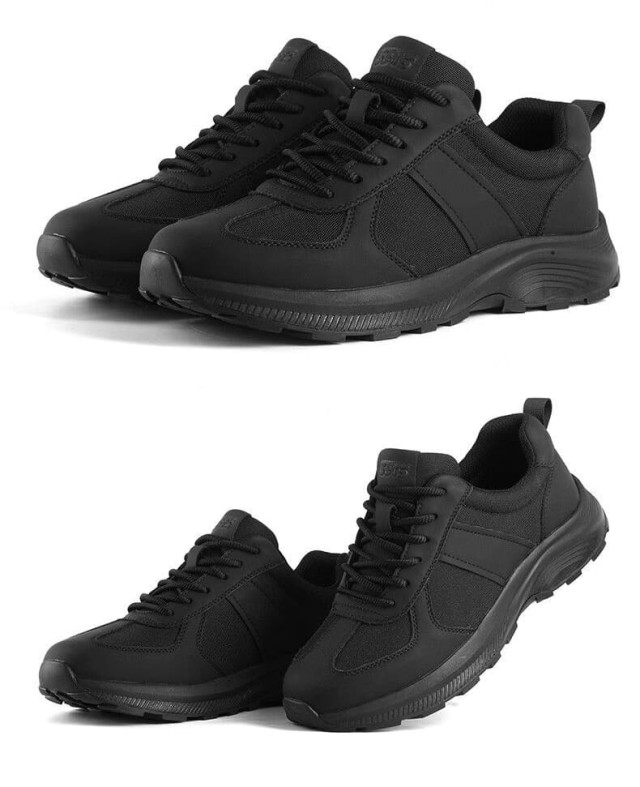Walking comfort isn't just about cushioning—it starts with how your shoe hugs your heel. The heel collar, often overlooked, plays a pivotal role in stability, injury prevention, and how long your shoes last. Here’s how engineering this small component makes a big difference.
The Science Behind Walking Shoe Heel Collars
Anatomy of a Heel Collar: Materials and Design
The heel collar is the padded rim around the ankle opening. Its construction determines whether your walk feels effortless or strained. Key elements include:
- Materials: Most use memory foam or elastomeric padding for adaptive cushioning. High-end designs incorporate breathable mesh to reduce heat buildup.
- Shape: Asymmetrical contours mimic natural ankle anatomy, preventing slippage. Research shows curved collars reduce friction by over 30% compared to straight-cut designs.
- Stiffness: A flexible collar accommodates foot swelling during long walks, while structured versions suit uneven terrain.
How Heel Collar Fit Impacts Stability and Fatigue
A well-fitted collar acts like a "seatbelt" for your ankle:
- Stability: Snug (not tight) collars minimize lateral rolling, crucial for those with weak ankles.
- Fatigue Reduction: Proper support redistributes impact forces. Studies suggest optimal collars can decrease lower-leg muscle strain by up to 25%.
- Blister Prevention: Padded collars absorb shear forces, a leading cause of heel blisters during prolonged walking.
Pro Tip: Press the collar with your thumb—it should rebound slowly, indicating energy-absorbing material.
Choosing the Right Heel Collar for Your Foot Type
Balancing Cushioning and Support in Different Scenarios
- High Arches: Prioritize plush collars to compensate for reduced natural shock absorption.
- Flat Feet: Firmer collars with medial reinforcement help control overpronation.
- Swollen Feet/Diabetes: Stretchable collars with seamless linings prevent pressure points.
Case Studies: Heel Collar Failures vs. Optimal Designs
- Failure Example: Thin, rigid collars in budget shoes often cause Achilles abrasion within weeks.
- Success Story: A hiking boot brand reduced ankle sprain complaints by 40% after widening collar padding by just 5mm.
Did You Know? The ideal collar height is 1–2cm above the ankle bone—higher restricts motion; lower compromises support.
Ready to Elevate Your Footwear Line?
3515 combines precision engineering with ergonomic insights to craft heel collars that enhance comfort and durability. Whether you're a distributor or brand owner, our scalable solutions ensure every step counts. [Contact 3515] to discuss custom designs tailored to your market’s needs.
Related Products
- Wholesale Safety Footwear Manufacturer for Bulk & Custom OEM Orders
- Wholesale Anti-Smash & Puncture-Proof Safety Shoes Custom Manufacturing for Brands
- Safety Footwear Wholesale Manufacturer for Custom OEM/ODM Production
- Factory-Direct Wholesale Canvas Boots with High-Traction Rubber Soles
- Durable Moc Toe Wedge Sole Work Boots for Wholesale and Private Label
Related Articles
- How Steel Toe Shoes Prevent Injuries: The Science Behind Workplace Safety
- Matching Men’s Work Shoe Safety Technologies to Workplace Hazards
- How to Choose Steel Toe Shoes That Balance Safety and Comfort
- How Steel Toe Boots Meet Industry Safety Standards and Reduce Workplace Injuries
- How to Choose Between Steel and Composite Toe Boots for Maximum Safety



















